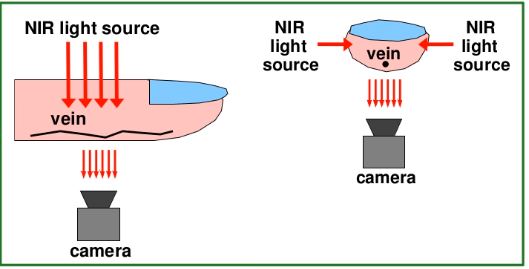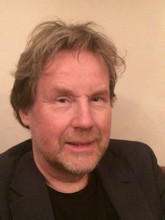Modeling the finger-vein imaging process

Finger-vein, or finger vascular pattern recognition is an upcoming form biometric recognition that combines a good recognition performance with an inherent robustness against presentation attacks in the sense that it does not leave traces. The first step in the recognition process is the acquisition of a gray-scale image in which the vascular pattern is visible as dark lines. From this image relevant features are extracted for recognition. In this webinar I will describe recent work at the University of Twente in which we developed a physical model of the finger. The purpose of that model is to better understand the imaging process of finger vascular patterns, leading on the longer term to better sensors and improved recognition performance. The first results give new insights in the role of soft tissue, bone and joints in the imaging process. Based on the model we developed finger phantoms that can be used to support the development of sensors and that can provide ground truth for finger-vein detection.
Date and Time
Location
Hosts
Registration
-
 Add Event to Calendar
Add Event to Calendar
Loading virtual attendance info...
- Contact Event Host
- Co-sponsored by Roma Tre University, Dept. of Engineering, Section of Applied Electronics
Speakers
 Raymond Veldhuis of University of Twente
Raymond Veldhuis of University of Twente
Modeling the finger-vein imaging process
Finger-vein, or finger vascular pattern recognition is an upcoming form biometric recognition that combines a good recognition performance with an inherent robustness against presentation attacks in the sense that it does not leave traces. The first step in the recognition process is the acquisition of a gray-scale image in which the vascular pattern is visible as dark lines. From this image relevant features are extracted for recognition. In this webinar I will describe recent work at the University of Twente in which we developed a physical model of the finger. The purpose of that model is to better understand the imaging process of finger vascular patterns, leading on the longer term to better sensors and improved recognition performance. The first results give new insights in the role of soft tissue, bone and joints in the imaging process. Based on the model we developed finger phantoms that can be used to support the development of sensors and that can provide ground truth for finger-vein detection.
Biography:
Prof. Dr. Raymond Veldhuis is a full professor of Biometric Pattern Recognition at the University of Twente, where he leads the Data Management and Biometrics group. His main research topics are face recognition, fingerprint recognition, vascular pattern recognition, multibiometrics, and biometric template protection. The research is both applied and fundamental. Raymond Veldhuis is Editor of IEEE TIFS and chairman of the EAB Special Interest Group Academia. He has been involved in numerous national and EU projects on biometrics, of which the ITN PriMa (Privacy Matters) is the most recent. Raymond Veldhuis teaches analogue and digital signal processing as well as biometrics and pattern recognition.
Email:
Address:University of Twente Faculty of EEMCS, Zilverling buildingDrienerlolaan 5, Enschede, Netherlands, 7522 NB

